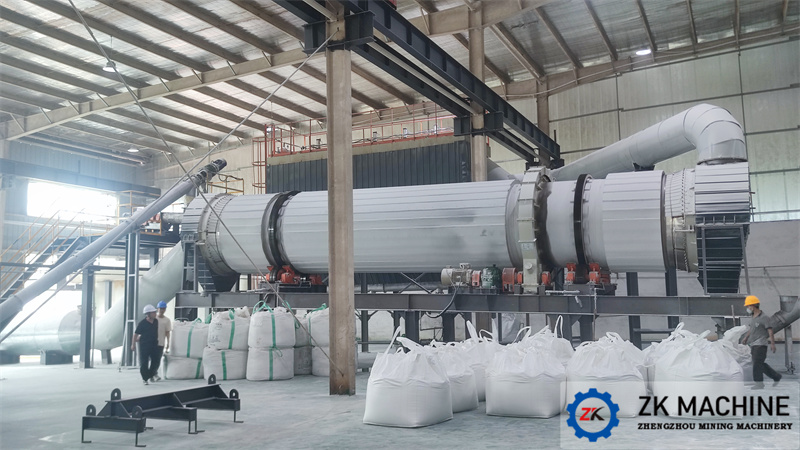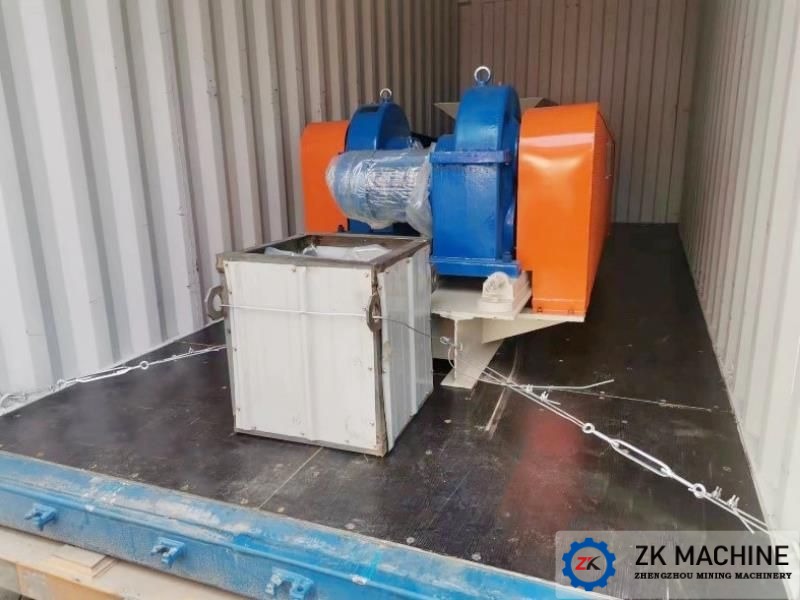Analysis of Typical Corrosion Problems of Dust Collector at Cement Kiln Tail
With the gradual deepening of energy saving and emission reduction requirements, the nature of cement kiln tail gas has undergone major changes. At this stage, the temperature of the flue gas entering the kiln tail dust collector is generally low, generally 80-95℃; and with the increase in nitrogen oxide emission requirements, the ammonia content in the flue gas is generally high when the amount of ammonia injection increases. Some cement production lines with high sulfur content in ore and raw materials have higher sulfur content in flue gas; new supporting co-processing of hazardous waste and solid waste in some cement kilns makes the kiln tail flue gas composition more complicated. Under such working conditions, the corrosion problem of the kiln tail dust collector is becoming more and more serious, and it has become one of the important factors that affect the efficiency and service life of the kiln tail dust collector, which needs to be solved.
1.1 Source of corrosive medium
Focusing on the investigation of cement production lines where the kiln tail bag filter produces corrosion, it is found that the main corrosion media in the kiln tail flue gas are NO2, sulfur oxides, ammonium bisulfate, ammonium bisulfite, and chloride ions. NO2 mainly comes from the oxidation of N2 in the air during the combustion process, and the combustion and oxidation of various base N elements in the raw materials; sulfur oxides mainly come from fuel combustion and ore calcination, and the sulfur content in the kiln tail gas of some production lines exceeds the standard; ammonium bisulfate The ammonia in the gas comes from ammonia and urea sprayed in the nitrogen oxide treatment process, and the sulfur comes from fuel combustion and ore calcination; chloride ion corrosion mainly exists in cement production lines that co-process solid and hazardous waste, solid waste and hazardous waste. When the salt in the flue gas enters the flue gas, the content of chloride ions in the flue gas is too high.
1.2 Causes of corrosion and bagging phenomenon
In the form of energy saving and emission reduction, the current flue gas temperature at the inlet of the precipitator is generally low, so that some areas inside the precipitator, such as air leakage areas such as manhole doors and areas with weak heat preservation, are prone to condensate. Corrosive media such as sulfur oxides, ammonium bisulfate, ammonium bisulfite, and chloride ions dissolve in condensed water to make the condensate acidic, causing chemical, electrochemical and oxidative corrosion to carbon steel.
Under the new environmental protection form, the cement industry has begun to adopt SCR technology to reduce nitrogen oxide emissions. Although SCR technology uses less ammonia injection, the vanadium-titanium catalyst used in the current cement industry SCR technology has a significant effect on the conversion of SO2 to SO3. Certain catalytic effect [3], SO3 reacts with ammonia to produce more corrosive ammonium bisulfate (ammonium bisulfate is more corrosive than ammonium bisulfite). At the same time, SO3 and water vapor in the flue gas can generate sulfuric acid vapor, and the acid dew point of the flue gas is directly proportional to the SO3 content. An increase in the SO3 content will increase the acid dew point of the flue gas, making the flue gas easy to condense to form a sulfuric acid solution.




